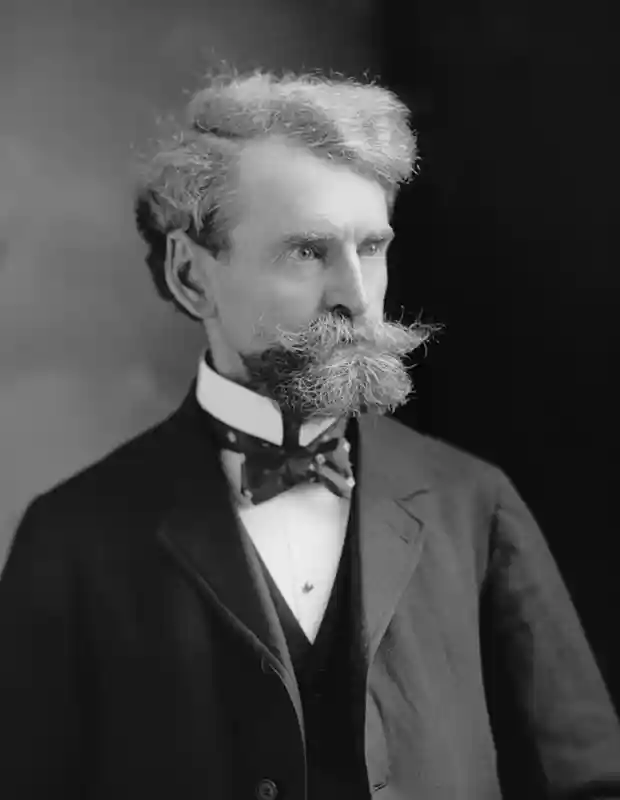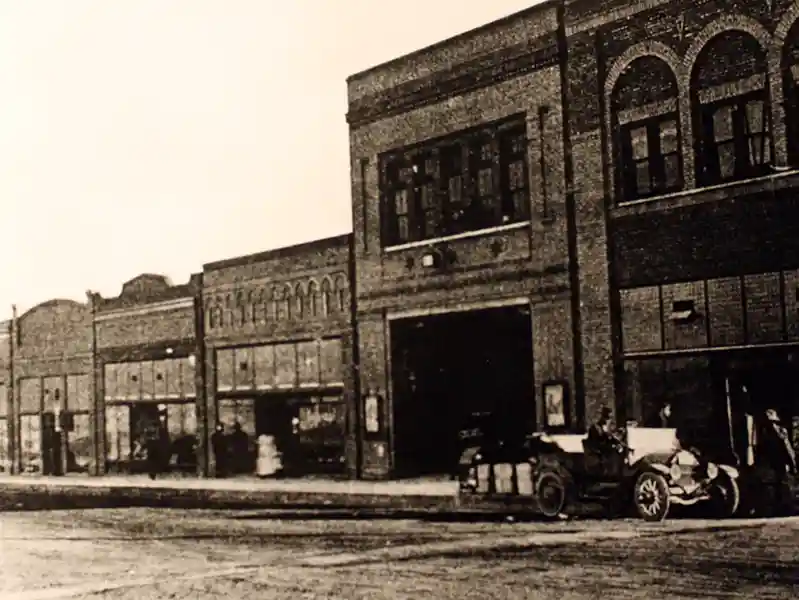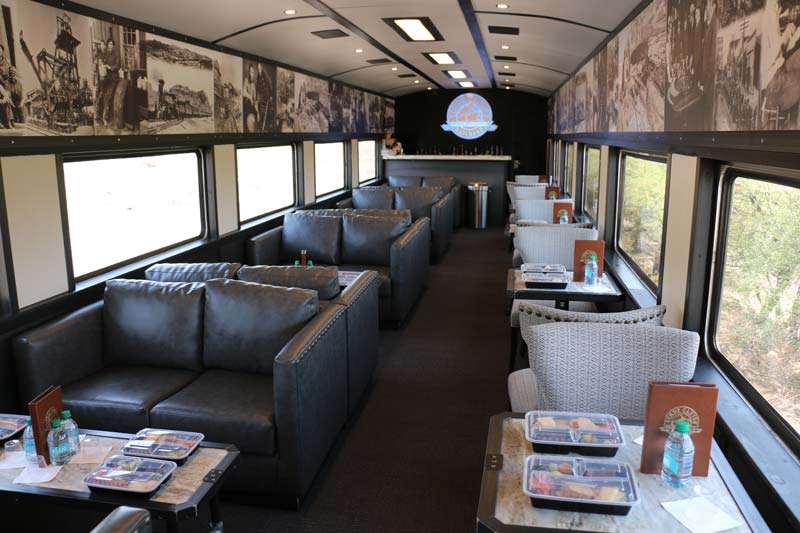William A. Clark, born January 8, 1839, in Pennsylvania, worked his way to Montana from Iowa during the Gold Rush. He made moderate strides in placer mining but achieved an astounding fortune in banking, smelters, electric power companies, newspapers, and railroads. Clark was known as one of three Copper Kings of Butte, Montana (along with Marcus Daly and F. Augustus Heinze).

Clark visualized himself as a statesman and used his newspaper, the Butte Miner, to push his political ambitions. His long-standing dream of becoming a United States Senator resulted in a scandal in 1899, when it was revealed that he bribed members of the Montana State Legislature in return for their votes. At the time, U.S. Senators were chosen by their state legislators. The corruption contributed to the passage of the U.S. Constitution’s 17th Amendment. The U.S. Senate refused to seat Clark because of the bribery scheme, but he was the victor in another senate campaign and served a single term from 1901 until 1907. In responding to criticism of bribing members of the Montana legislature, Clark is reported to have said, “I never bought a man who wasn’t for sale.”
Even with the controversy that surrounded him, Clark left a positive legacy. In addition to broadening United Verde Copper Company’s holdings to fuel the Industrial Revolution and the creation of Clarkdale, he was responsible for building the San Pedro, Los Angeles & Salt Lake Railroad between Salt Lake City and Los Angeles. Las Vegas, Nevada, had its beginnings as a maintenance stop on the railroad. In recognition, Clark County was named in his honor. He donated great works of American and European art to museums, and his heirs continued philanthropy from his acquired wealth. Clark died from pneumonia on March 2, 1925, at the age of 86, in his mansion on Fifth Avenue in New York City. He was one of the 50 wealthiest Americans at the time.






